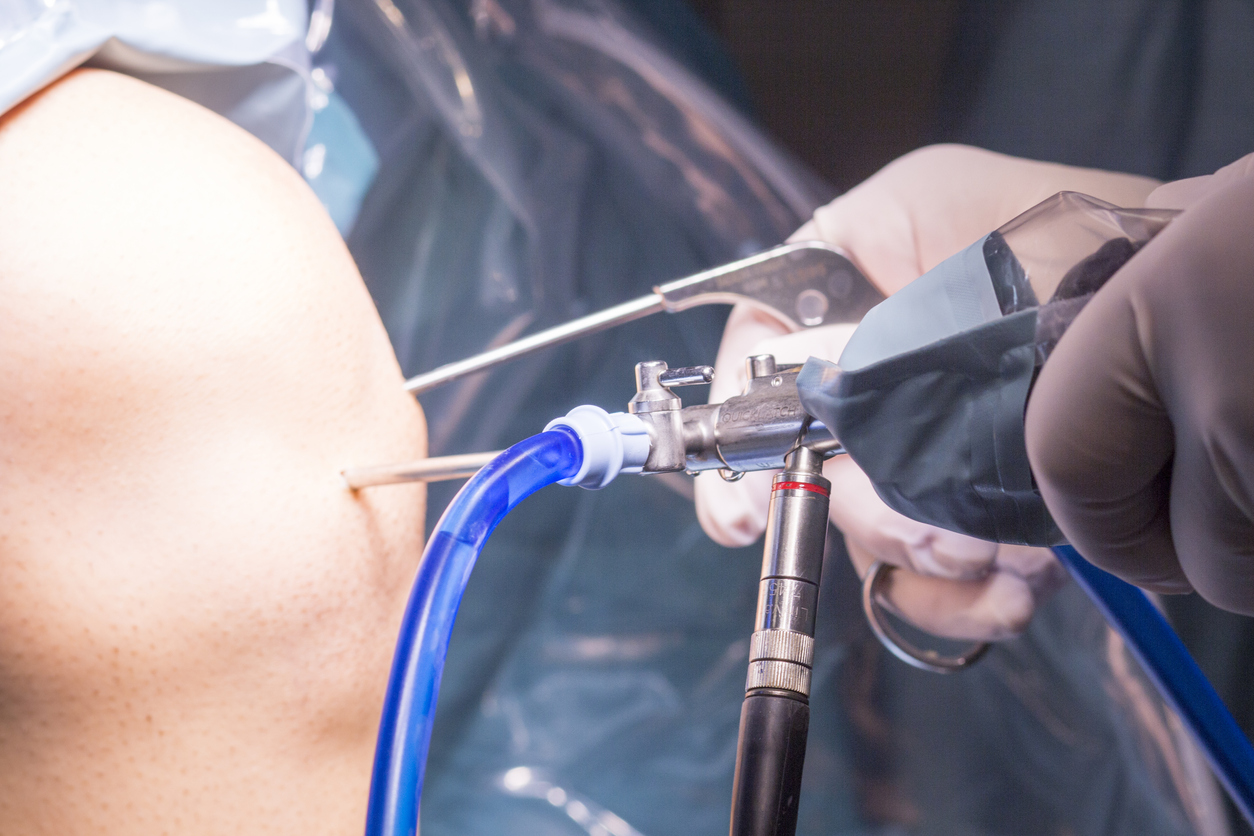
Before the technological advancements in the field of medicine that are used today, orthopedic surgeons had to employ highly invasive surgeries to fix musculoskeletal problems and injuries. This surgery brought with it a high risk of infection and a long recovery period.
However, the invention of a minimally invasive procedure made it easier to see, diagnose, and even treat joint problems with less damage to the tissues involved. This procedure is called arthroscopy. Let’s talk about what arthroscopy is and how it might work for you.
How Arthroscopy Works
Arthroscopic surgery is a minimally invasive procedure which is done to examine, diagnose, and repair joint conditions. The diagnostic accuracy of arthroscopy is exact, because the end of the arthroscope has a fiber-optic camera function that allows the surgeon to view the tissues and organs real-time on a monitor right there in the operating room.
The arthroscope is usually used with specialized surgical equipment to treat the joint without major surgery. Two tiny incisions are made around the joint that is being treated, one for the arthroscope and the other for the surgical instruments. This way, much less cutting is done to the skin and other organs and tissues.
Smaller incisions usually translate to less blood loss during the surgery and less chance of infection from the procedure. Also, the healing time is dramatically reduced as compared to more-invasive surgery.
What Happens During an Arthroscopy?
An arthroscope is about the size of a pencil. Your surgeon will make one-fourth-inch to half-inch incisions near your joint. Then the doctor will fill the joint space with a saline solution to expand it.
The area is now ready for viewing. The surgeon will insert the arthroscope to view your joint from different angles. They may also make additional incisions if further procedures are needed, but all incisions during an arthroscopy are small.
Your surgeon may trim damaged tissues such as cartilage, remove bone fragments, and sew or repair injured organs. The doctor will likely be able to easily discover why you are experiencing pain or disabling symptoms in your joint.
What Can I Expect After Arthroscopic Surgery?
After your procedure, medication may be injected into your joint to alleviate pain and reduce inflammation. A few stitches are necessary to close the incisions.
Arthroscopy is an outpatient procedure, so you will be able to go home later that day as long as you do not have an infection or other adverse reaction. You will be asked during the planning stages of the surgery to have a driver ready to take you home, because you will not be able to drive while you are slowly waking up and regaining full consciousness.
Arthroscopic Surgery in Austin, Texas
Arthroscopy is an incredible medical advancement that has dramatically reduced the risk of infections and reduced healing time, so athletes of all ages can get back to the life they love more quickly than ever before. Here at All-Star Orthopedics of Austin, we offer arthroscopy for knee, hip, elbow, shoulder, wrist, and ankle problems.
If you would like to schedule a consultation with Dr. Carolyn Hyde, contact our friendly team today by calling us at (512) 346-4933 or by filling out our online appointment request form now. We look forward to helping you get back to your active lifestyle!





